
Over several chapters of TypeRight, we had covered in detail the innovativeness that is brought forth by Community Networks. Before we explain them further once again, we would like to share some news from the G20 Summit in Indonesia:
Considering community networks and PM WANI initiative of India as a case study, the report goes on to acknowledge the financing gap in the sector and how CNs as options to attempt bridge the digital divide are important, and mentions our role in this process: "several organizations in India had been working on community networks for several years before the establishment of PM-WANI. The Digital Empowerment Foundation (DEF) and the Internet Society, two well-established civil society organizations, joined forces in 2010 to create the Wireless for Communities (W4C) initiative."
Our Director Osama Manzar announced this news last week, in the final series of the multi-part, 2022 edition of CNX 2022 which was held online. We looked at four cases this time, from different parts of the country.
The first case was from Ziro Valley in Arunachal Pradesh.
Life in the scenic village named Ziro has been going on, almost completely forgetting that the Internet exists. Airtel is the sole internet service provider in the region the use of which is not spread to all areas. They have to travel to the main town of Ziro to use the internet for any official purpose. The Digital Empowerment Foundation has set up an office at Ziro which is also a centre for giving basic computer training to students of the age group 7 to 25 years. They also use digital literacy kits by DEF such as START and NETU, using which students can experiment. DEF has reached out to five schools to install free WiFi connections which made possible blended learning through the use of audiovisuals, supporting the learning of various subjects.
The discussion further explored the benefits to students who use the Internet not only in a controlled environment but also for their own purposes along with teachers and parents. Accessing the remote locations and irregularity in power supply on one side and convincing the villagers, as well as certain cultural constraints on the other side, were seriously challenging, as the team shared. The backhole provided by Airtel which is being transmitted from Itanagar, Arunachal Pradesh is also not very reliable. The discussion brought into focus the lack of flexible business models from the part of most of the ISPs, leading to failure in providing network facility to marginalised communities. This raises the demand to develop and deploy new networking technologies and models. Even though many challenges resonate across lands, a model with the approach “with the community, by the community, for the community” only will ensure sustainability.
For the second Case, we go to Chirala in Andhra Pradesh:
The Internet centre by ISOC at Chirala, 7 km from the main town towards the coast, is widely used by the villagers for purposes such as Aadhar enrollment, obtaining caste and marriage certificates, bank transactions, educational resources, entertainment and so on. The coastal area faces poor connectivity that forces the residents to go to the next town for availing of internet facilities. Now, around 200 customers come to the Centre for these needs while 60-70 people use the computer systems and the WiFi at the Centre every day. Placing receivers at various locations, the Internet is also used by the panchayat office and schools. Most significantly, a receiver is placed in the Chirala fishing village especially aiming at the fisherwomen. Using the Internet, they have learnt from ways to clean and cut fish in a better manner to update themselves with the latest market price and thus carry out the business profitably. It can be said that Chirala village is now well aware of the scope of the Internet.
As this case also highlights, digital economy-based policies are implemented in India without the required ground support. Making use of the existing infrastructure and skilled local human resources, permutations and combinations of methods, etc. are ways to overcome this, as the COVID time has shown us multiple possibilities to connect with each other. Financing these networks needs perusal since turning the benefits into profit and returning it in the form of investment will take time.
The third case is of the Internet Roshni project across the tea gardens of Assam:
The Internet Roshni project aims at digitally empowering tribes working and living in 50 gardens across the five districts of Tinshukia, Dibrugarh, Jorhat, Cachar, and Hailakandi in Assam, regions where more than half of the world’s tea is produced and communities that do not have a script to their language. A Community Internet Library is set up in each tea garden, with WiFi service, envisioned as a digital access point. It is run by local youth and the fact that it is located within the premises of the tea gardens ensures better accessibility for the plantation workers. The project runs in a method where a community member, preferably a woman with a flair for entrepreneurship, is chosen in the first stage who would be the leader to digitally empower around 2000 members of the community in a year.
During the discussion, it was emphasised that along with good governance policies, government schemes such as PM Vani should be utilised for last-mile connectivity at subsidised rates. Funds like US Oil Funds can also contribute to this, as Internet Roshni is trying to source. Again, spreading awareness in the community that the Internet can help ameliorate a lot many of the problems that they face is a step as important as building a strong case in front of the government and enabling efficient use of the Internet at the government’s end. This can lead to the holistic empowerment of the community. Internet Roshni is also exploring the scope of promoting the community’s scriptless language through audio and video forms. Translations to their language would facilitate knowledge transmission and acceptance in the community.
And the last case of the series, the Community Radio, Odisha
Radio Bulbul in Odisha is born under the entrepreneurship of a previous DEF member who went back to his village with the determination to bring some change over there. Apart from a village school, he set up the community radio and also brought a community network to Bhadrak village of Odisha with the help of others. The Radio is broadcasting from their small office various content on agriculture, youth, education and also some special programmes, aiming at spreading the right information. An elaborate dial-in system has been developed where people can enter specific numbers and listen to content on any of the above with many subtopics, in either Odiya or Hindi. Basically, the radio programmes are converted into a portal on the IVR platform. This IVR is also running on a local network within 5 km of the radio station, which people can call through a webpage or the IVR number. Simultaneously, the community network established with the partnership of a local NGO is bringing people closer and enabling schools to access online resource materials. The interesting case of the person who was a school dropout but now manages the radio station and gives training to teachers on the use of the Internet itself is an instance of the empowering impact of the organisation.
The discussion further emphasised the need to maintain an alternative infrastructure to support any community network. The question was put forth for deliberation, how to scale up the widely dispersed regional innovations and networks across the globe to cover every possible community. For that, policy regulations need to be supportive while on the other hand proper funding also should be sourced.
And that brought this year's CNX to a wrap. The full session recordings and reports from the CNX can be accessed on our youtube channel, or on our website at cnxapac.org/
CNs are not the only Updates from DEF this week:
Take a look at this article about Puja from Jharkhand who used digital skills learned from our initiative to improve her sales:
From our soochanapreneur's inetractions with the communities from the tea gardens in Assam:
And some lovely visuals from an exposure visit of several young students from Lady Irwin College:
Until the next issue, we wish our readers a safe week!

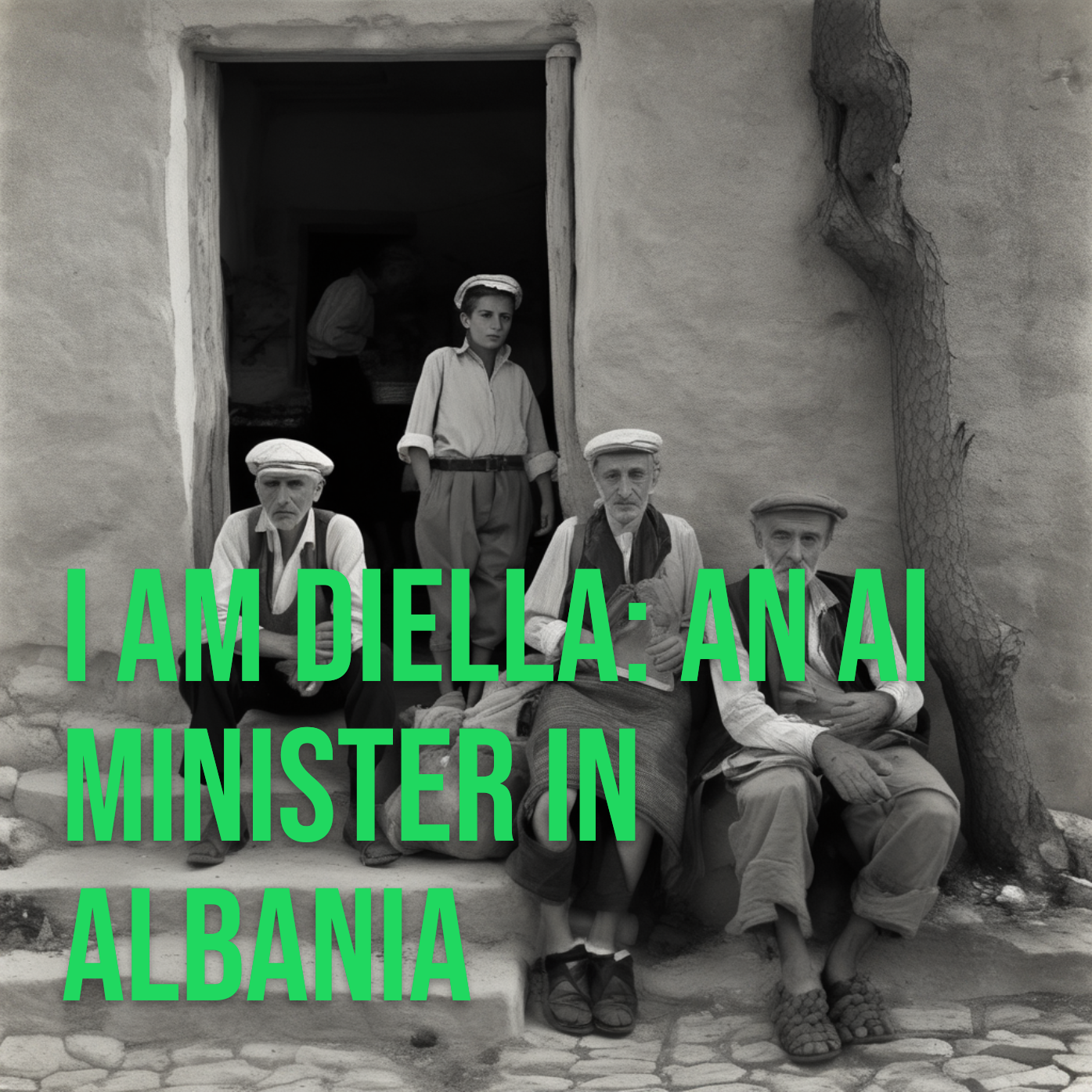

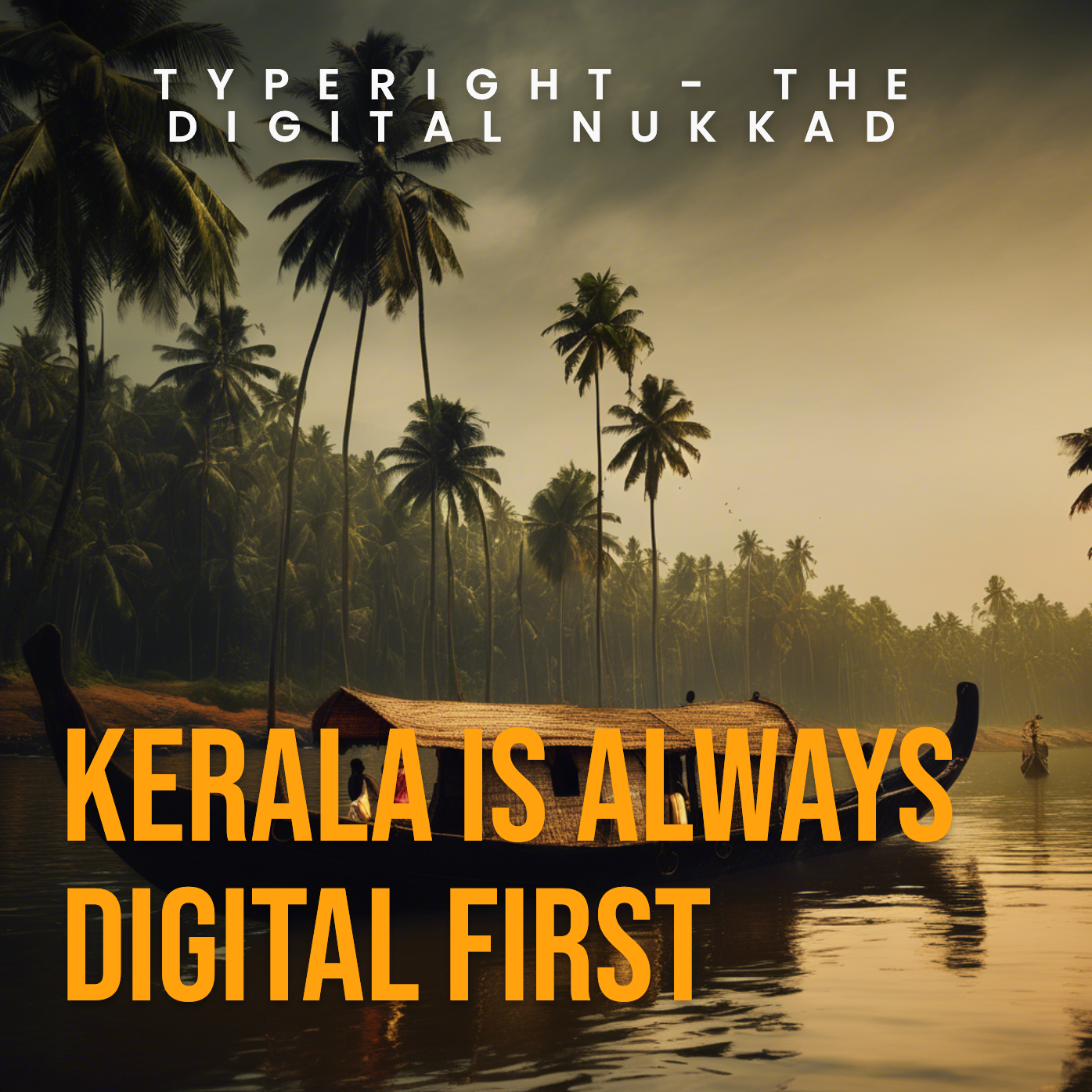
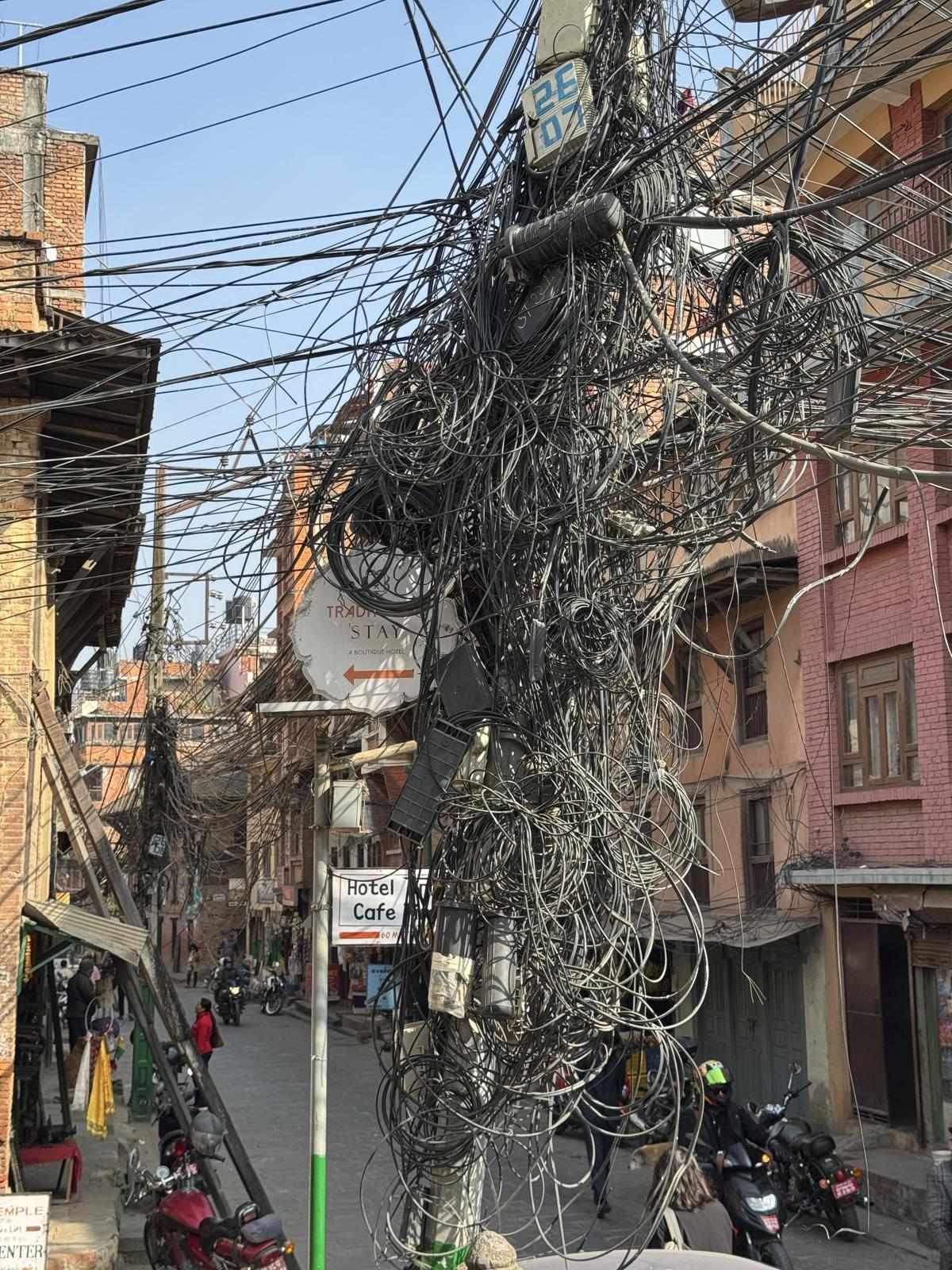
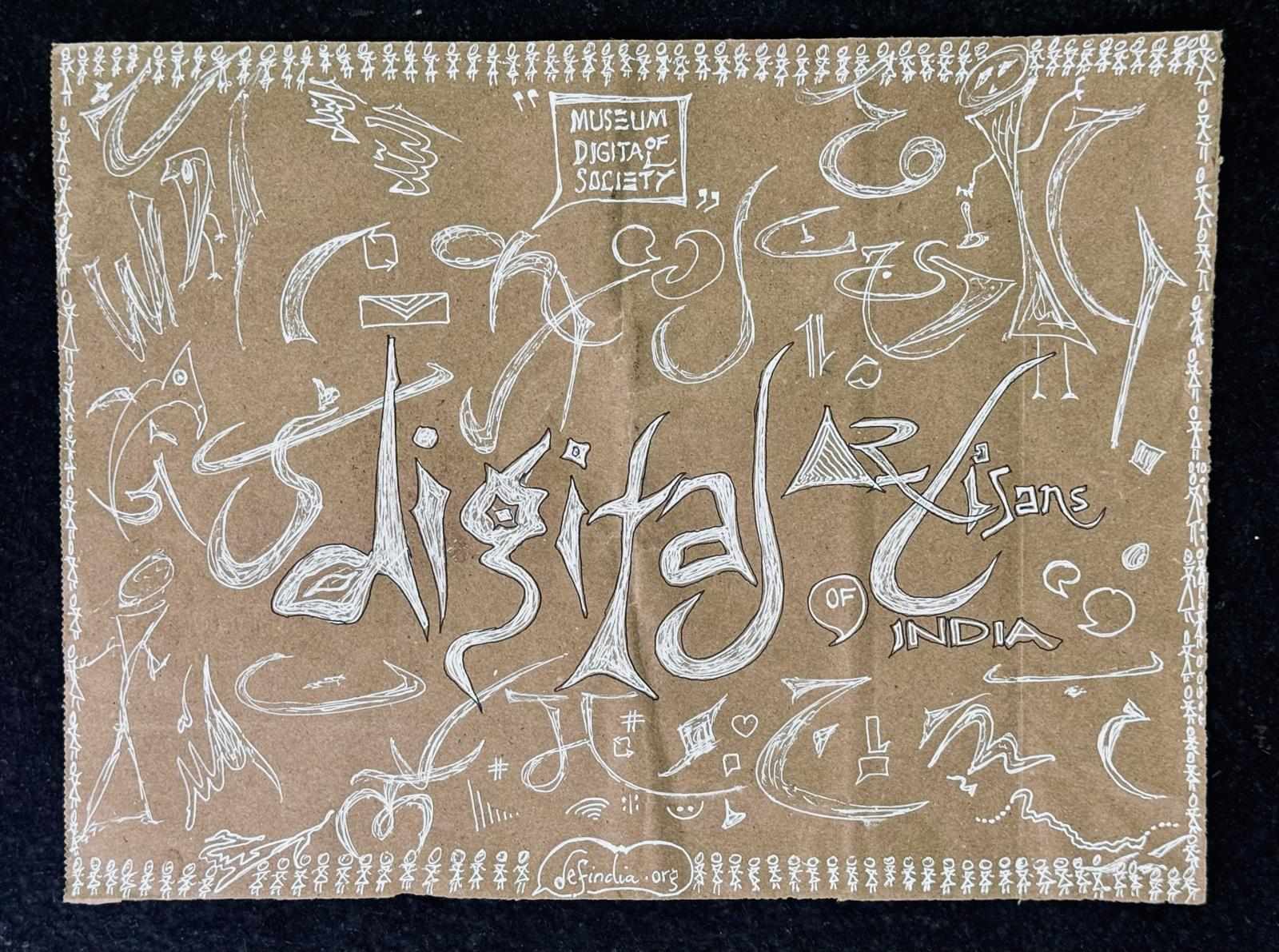
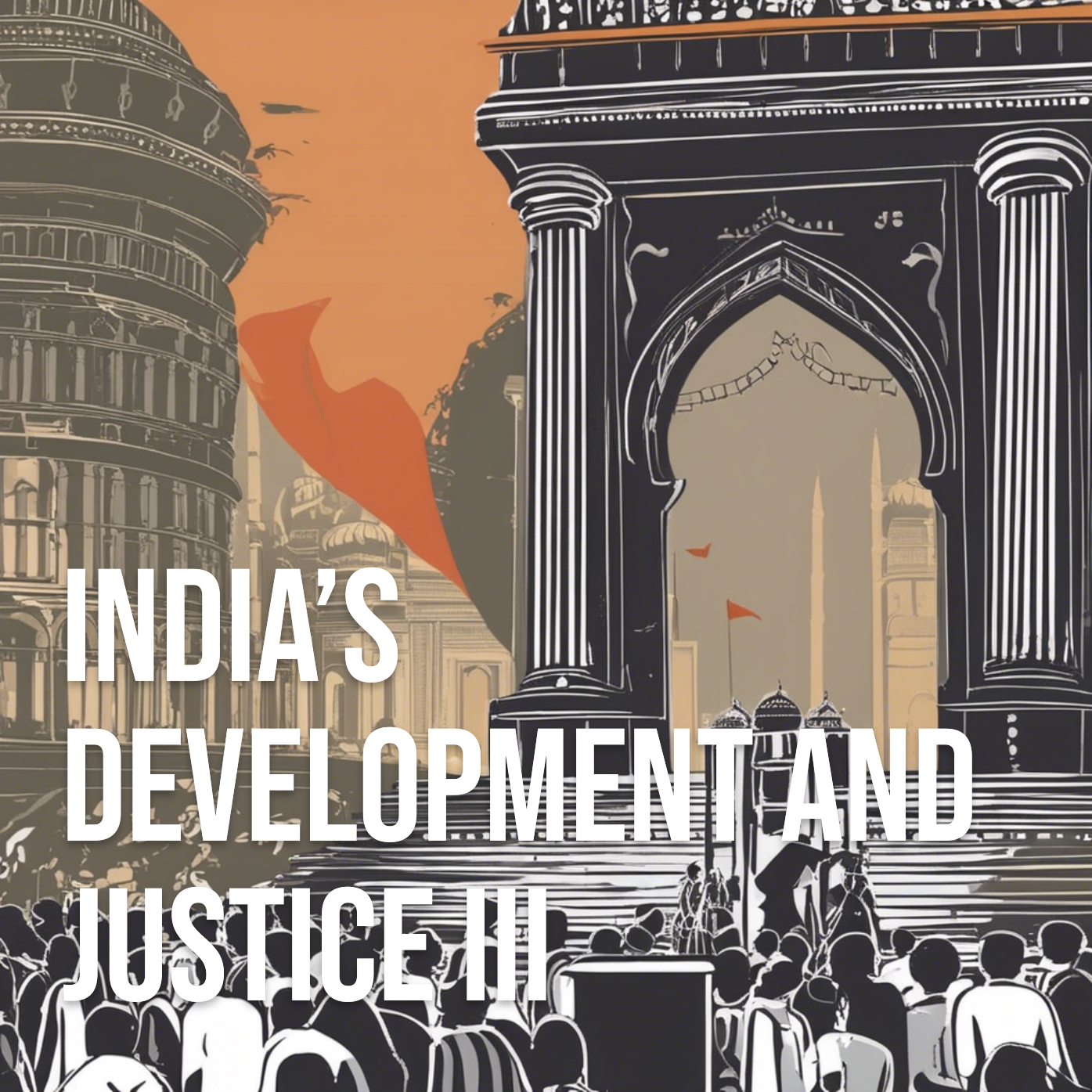
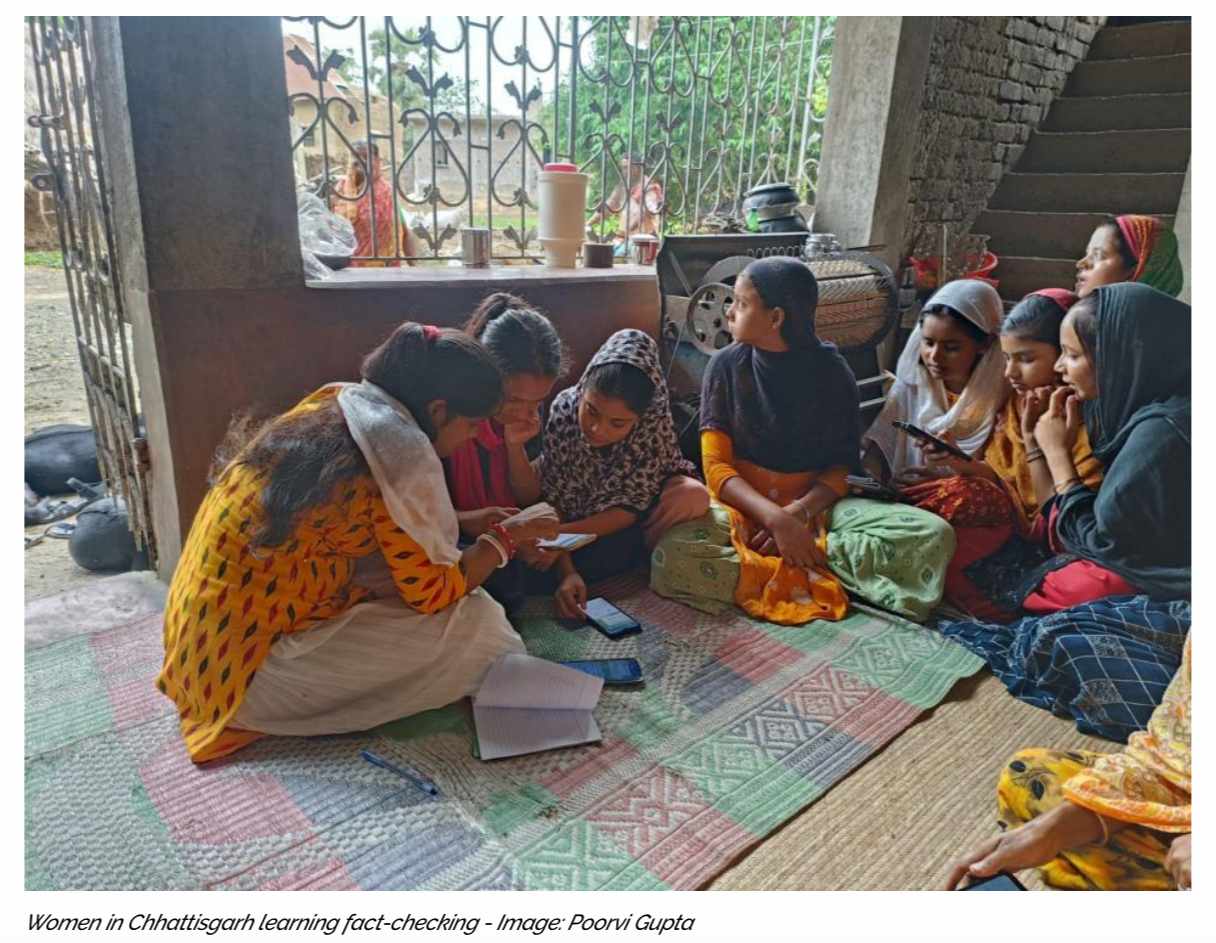


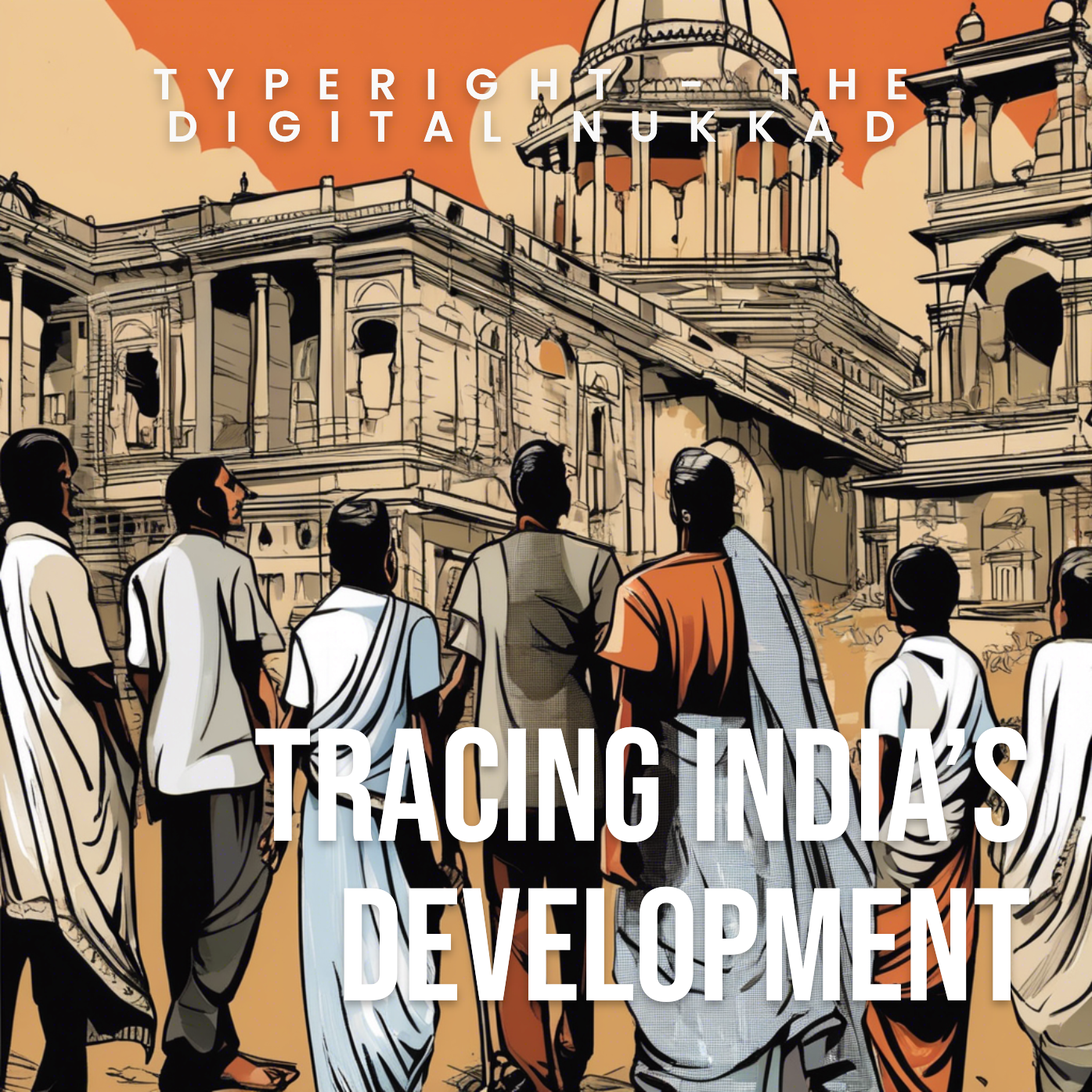









 might be?](https://sk0.blr1.cdn.digitaloceanspaces.com/sites/1394/posts/714526/dbc8de4c-5c50-411f-aba0-55cfb74a692d.jpeg)

Write a comment ...